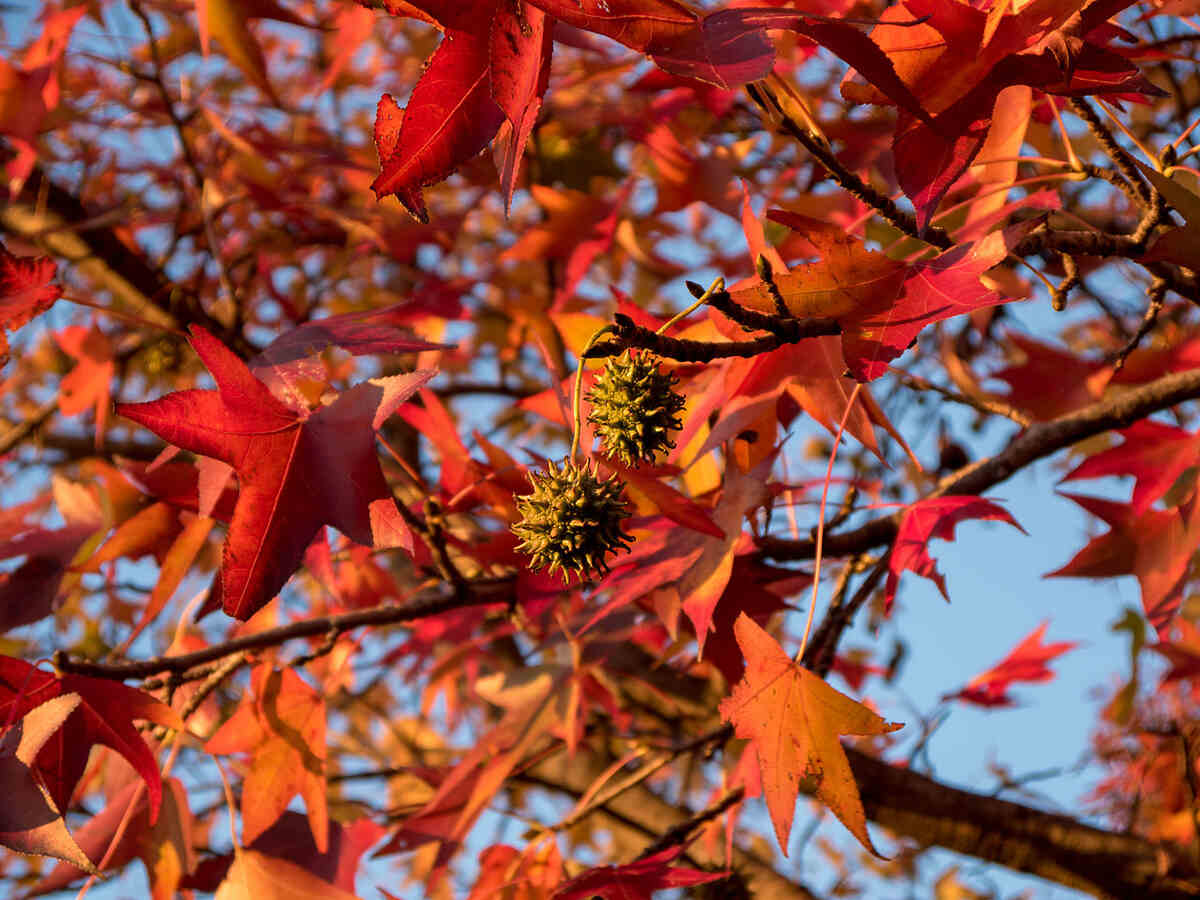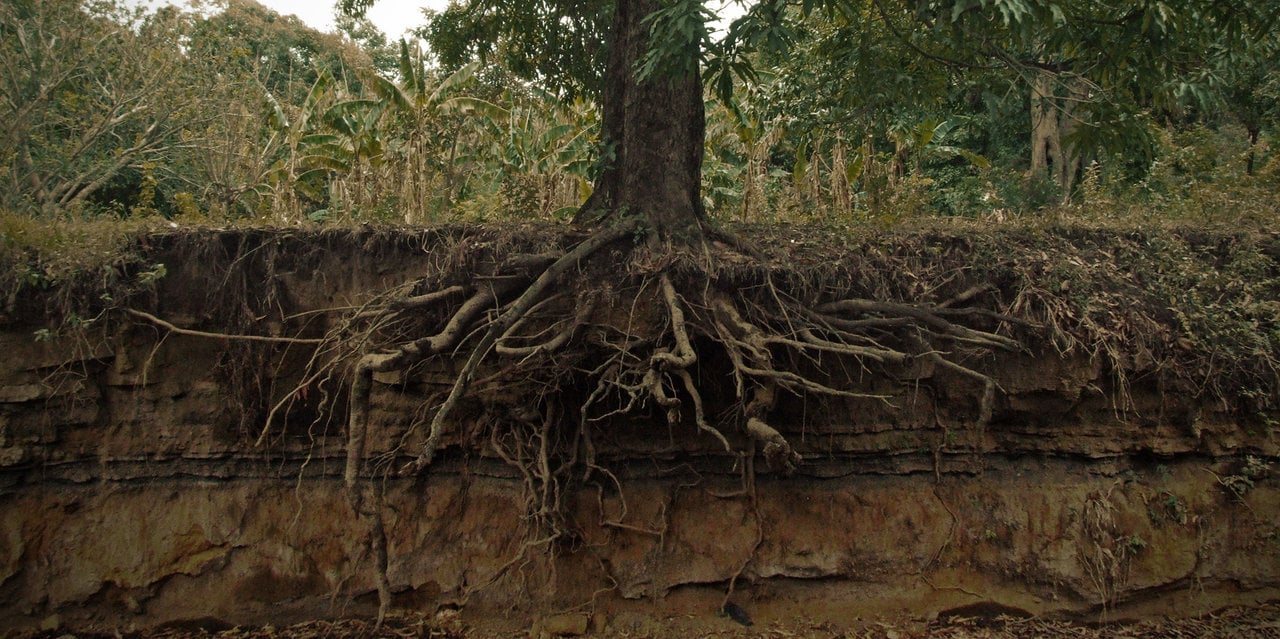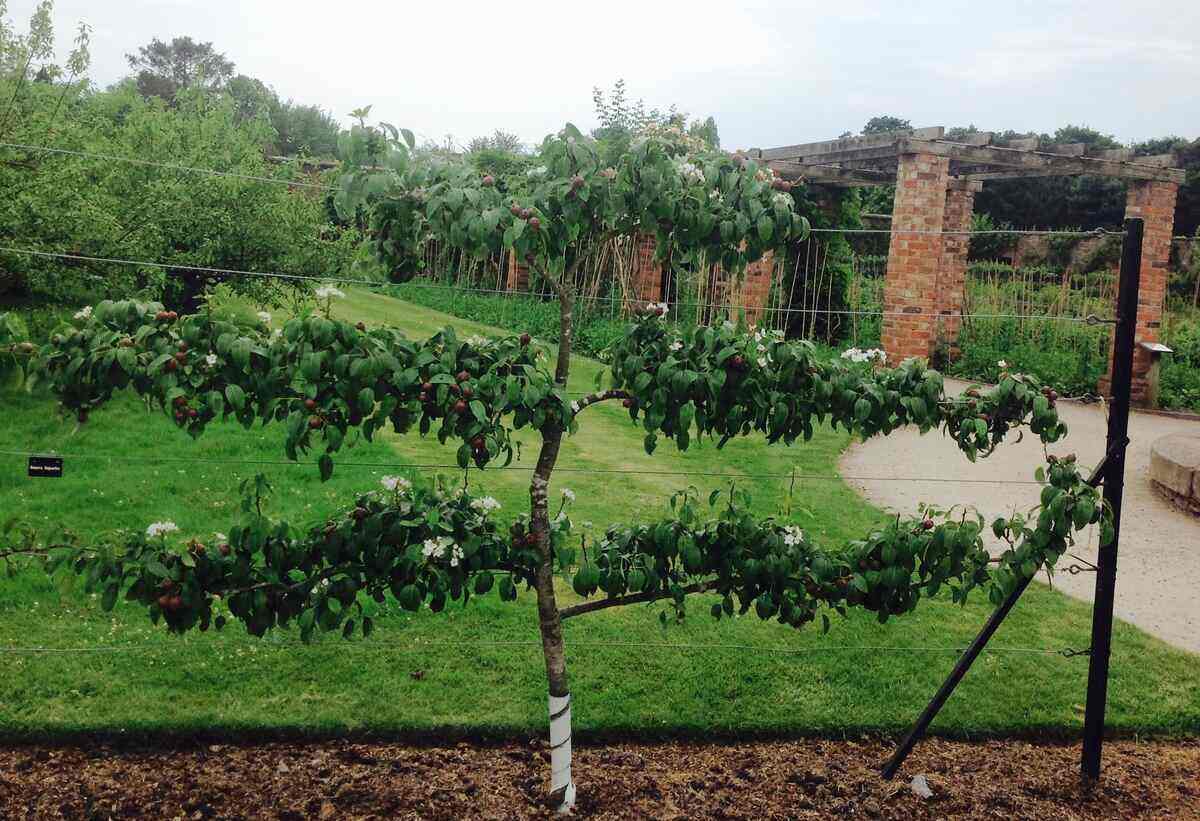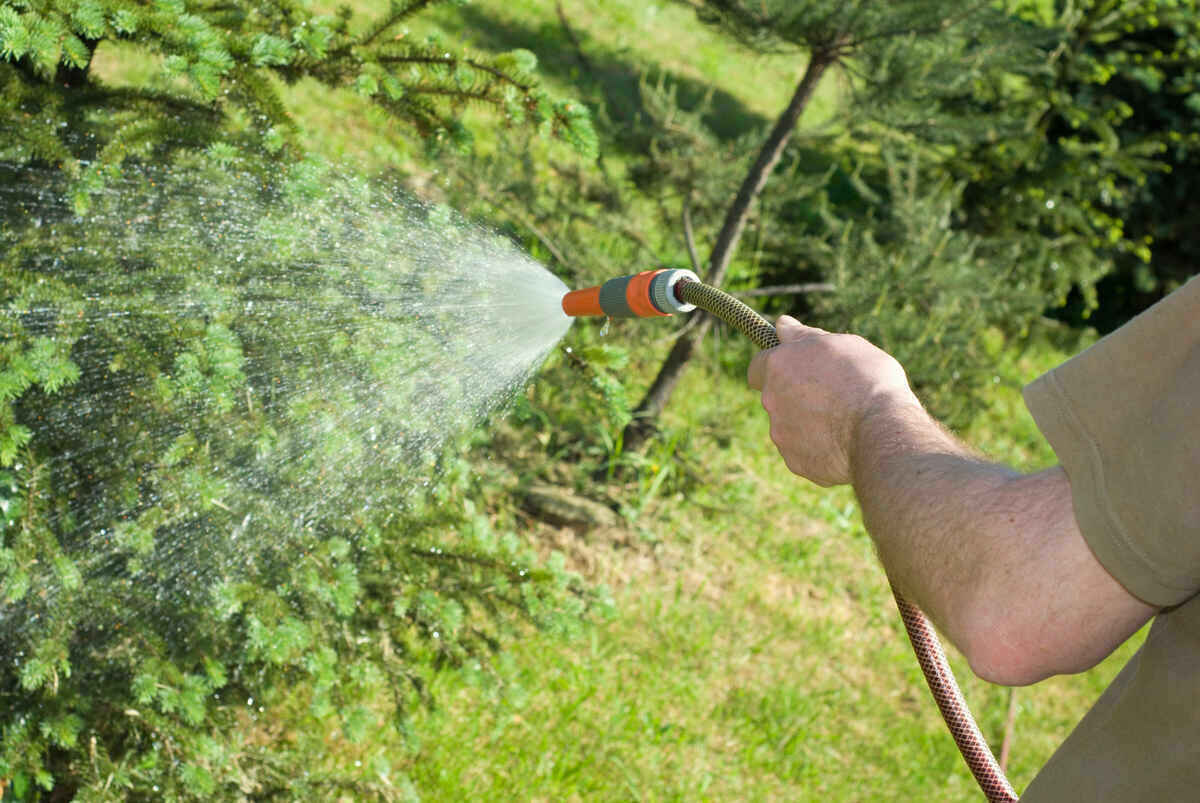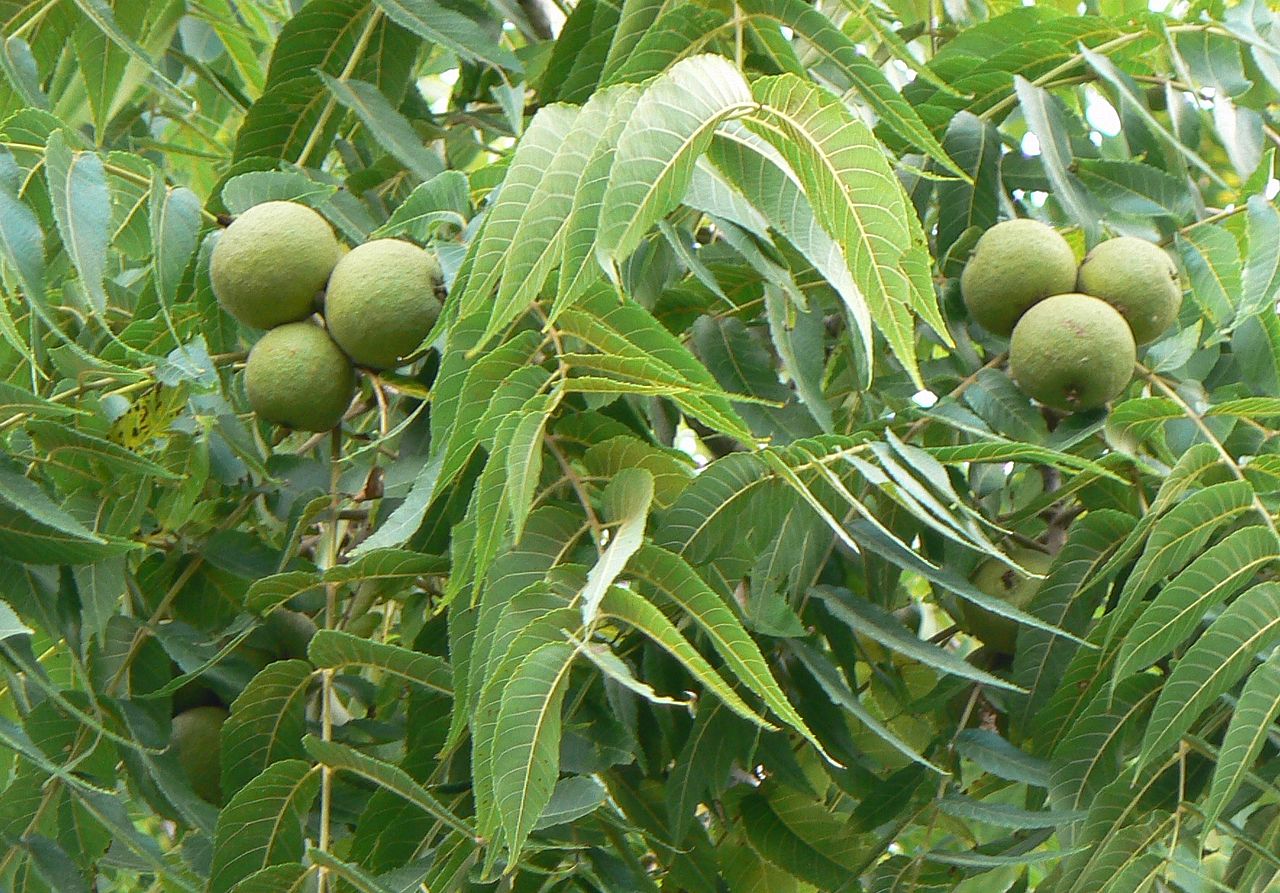
Charlotte’s tree canopy is one of the things that makes the Queen City so beautiful. But if you’re a homeowner looking to plant trees, don’t jump in roots first. There are a few varieties you should avoid. We’ve rounded up the top five worst trees to plant in Charlotte, N.C., to save you from tree-related troubles.
1. Black Walnut
This stately hardwood tree (pictured above) is valued for its wood used to make furniture and cabinets. It lives for a long time, as well. The black walnut reaches maturity in 150 years and can live as long as 250 years. Its large canopy makes it a great shade tree. Despite all this, it’s one of the worst trees to plant in your backyard. The black walnut releases a toxin that kills nearby plants. That means flower beds and vegetable gardens won’t fare well next to this tree. It also produces a lot of irritating pollen and a nutty amount of fruit. You can harvest the nuts to eat, but they’re a mess to clean up in the fall. Tannins in the black walnut husks stain driveways and sidewalks.
2. Bradford Pear
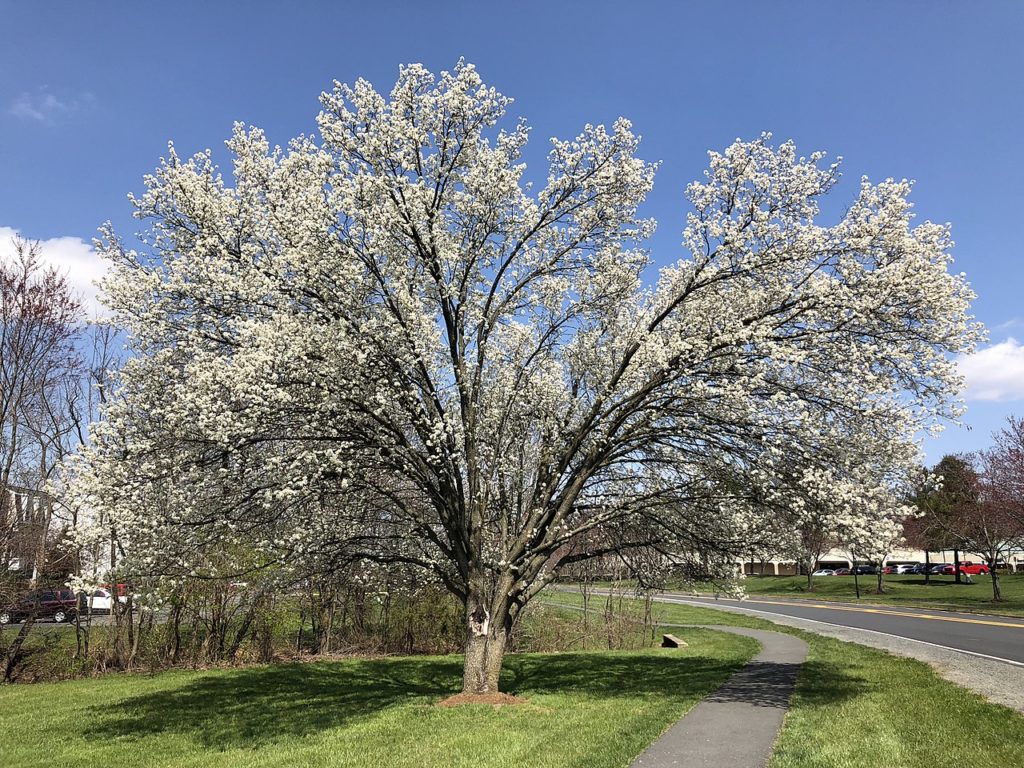
Horticulturalists first introduced the Bradford pear as a cultivar of the Callery Pear (originally from China) in the 1960s. It soon became a favorite of professional gardeners and homeowners. Its shape, moderate size, white spring blossoms, and crimson fall foliage made it a popular pick. Since then, its many problems have become clear. For starters, because of its top-heavy shape and V-shaped crotch, the Bradford pear is prone to splitting and cracking. In windy or stormy weather, the tree can split in half.
On top of this, the tree’s beautiful blossoms emit an unpleasant fragrance — unless you are partial to rotting fish. The Bradford pear is also considered an invasive species. Once it takes hold, it’s tough to kill. After it blossoms, the tree produces seedy berries. Birds eat the berries and spread the seeds far and wide with their droppings. Stop the cycle by not planting this stinking tree.
3. Silver Maple
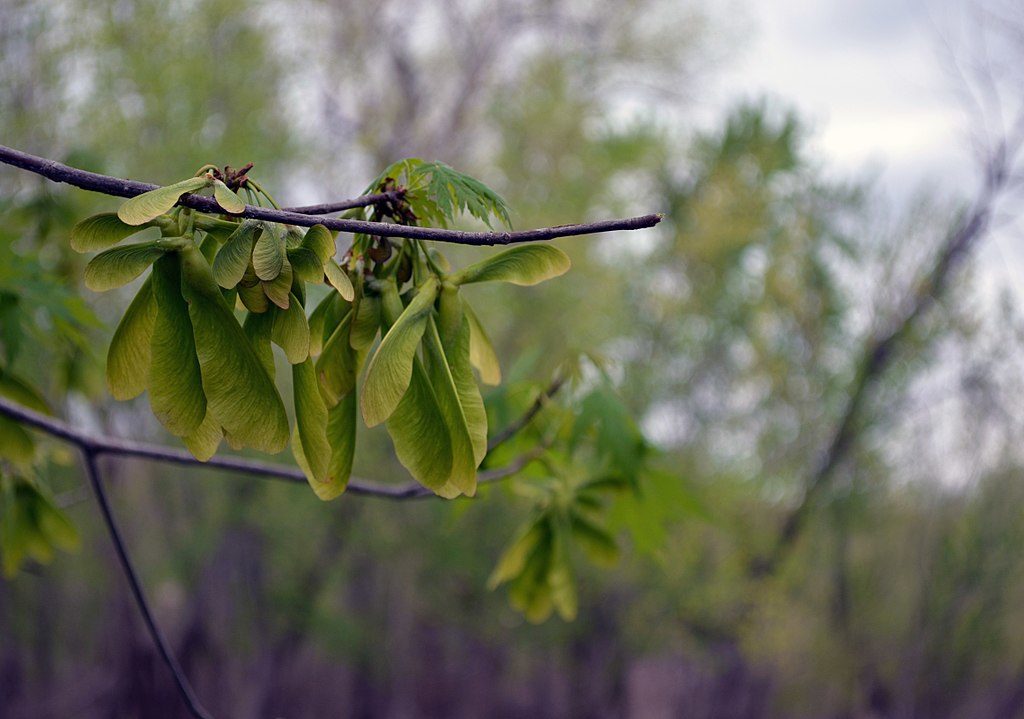
The silver maple gets its name from the silvery underside of its leaves. It’s been a popular choice in residential settings because it’s easy to establish and hard to kill. Its roots can end up growing above the ground. This makes lawn mowing and other backyard activities a challenge. It drops huge amounts of samaras or “helicopter” seeds in the spring. These seeds are notorious for clogging downspouts and rain gutters. New trees can also grow from the seeds. This is another large tree, growing to 70 feet tall with a spread of 50 feet. Silver maples could be a good choice on a large property, but they’re not the best idea for small yards.
4. Sweetgum
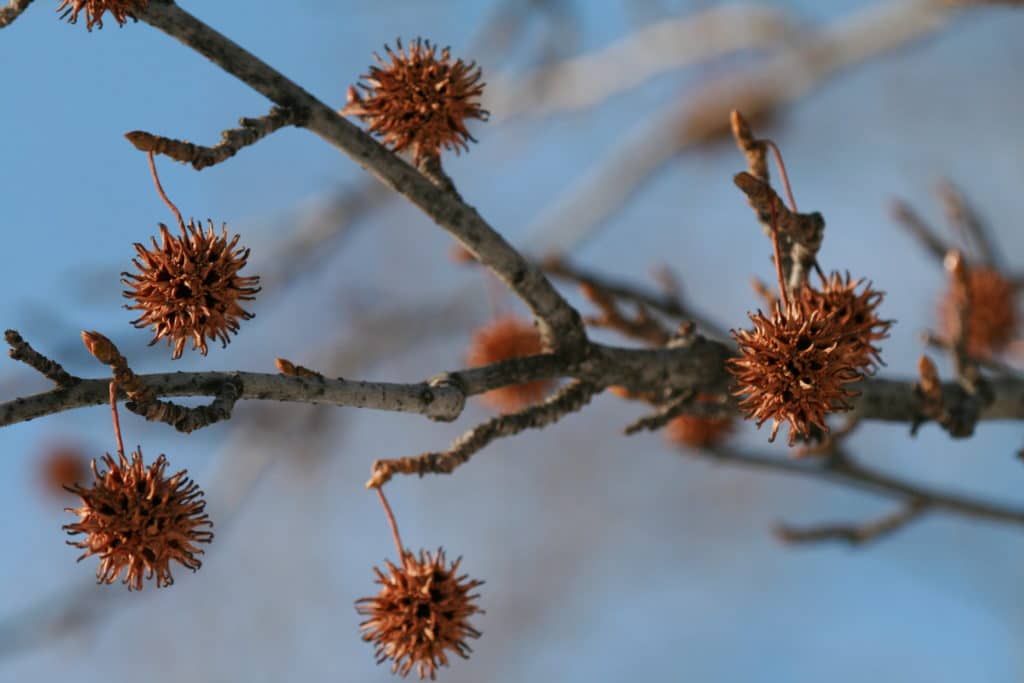
People love or hate the sweetgum tree — sometimes both. This tree gets its name from its sweet-scented sap.

People use this “gum” to make chewing gum, incense, and natural medicines for ailments including dysentery and diarrhea. The love for this tree comes from its gorgeous, glossy, star-shaped leaves that turn vibrant red, yellow, orange, or purple in the fall. It also has a pretty pyramid shape and is a good shade tree.
The hate stems from its prickly, round fruit. If you’ve stepped on one with bare feet or rolled an ankle after slipping on them on a sidewalk, you can relate. Dr. Robert Bardon, with North Carolina State University’s Extension office, says, “The female flower is the real culprit. The flower turns into the hard, bristly gumballs in August and September. Those gumballs turn into dark brown globs, which are tough to clean up when they fall to the ground.” Each tree produces a massive amount of these gumballs. Because of their circular shape, they’re hard to rake. Homeowners who’ve tried to mow them say they can shoot out of the mower like small projectiles. Given these issues, you might be better off avoiding this tree and its hazardous fruit.
5. Weeping Willow
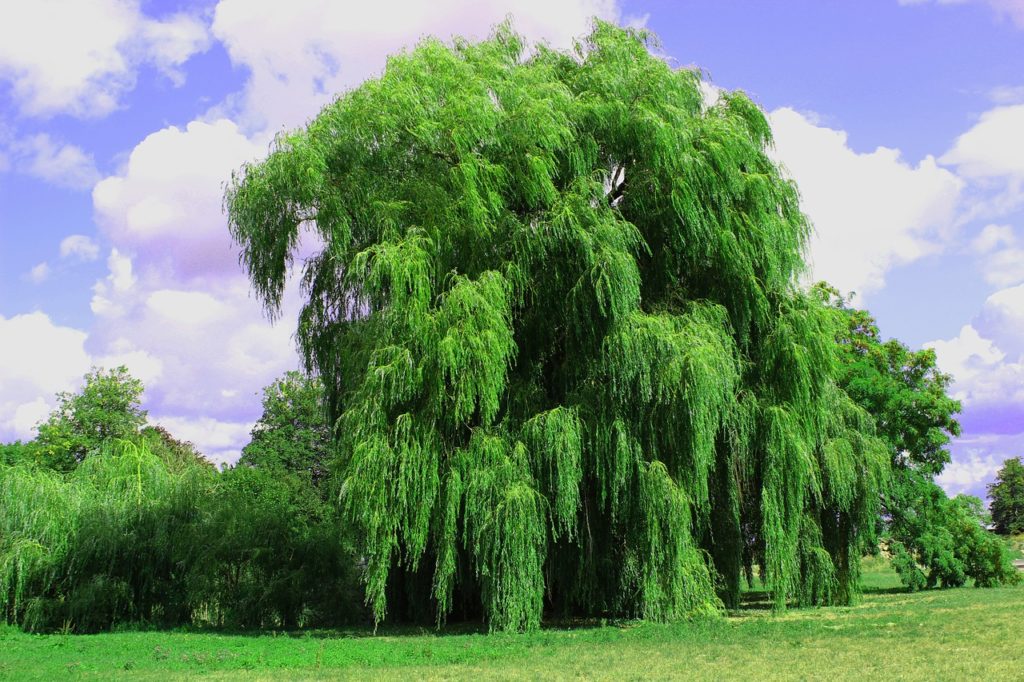
This tree has long, drooping (or weeping) branches and slender, green leaves. It’s best suited for riverbanks and the edges of ponds and lakes. You’ll likely regret planting one in your backyard because of its root system. Its water-hogging roots will deprive nearby plants of moisture. The roots will also grow through cracks in sewer lines, clogging them and causing costly repairs. This is a very tall tree with heights ranging from 75 to 100 feet. Another downside? The weeping willow has weak wood that’s susceptible to cracking.
Planting trees is a worthy endeavor for homeowners. Trees add beauty, provide shade, and help clear the air. By avoiding the troublesome trees on this list you’ll be doing yourself, your neighbors, and your community an even bigger favor.
Main Photo Credit: Wikimedia Commons
